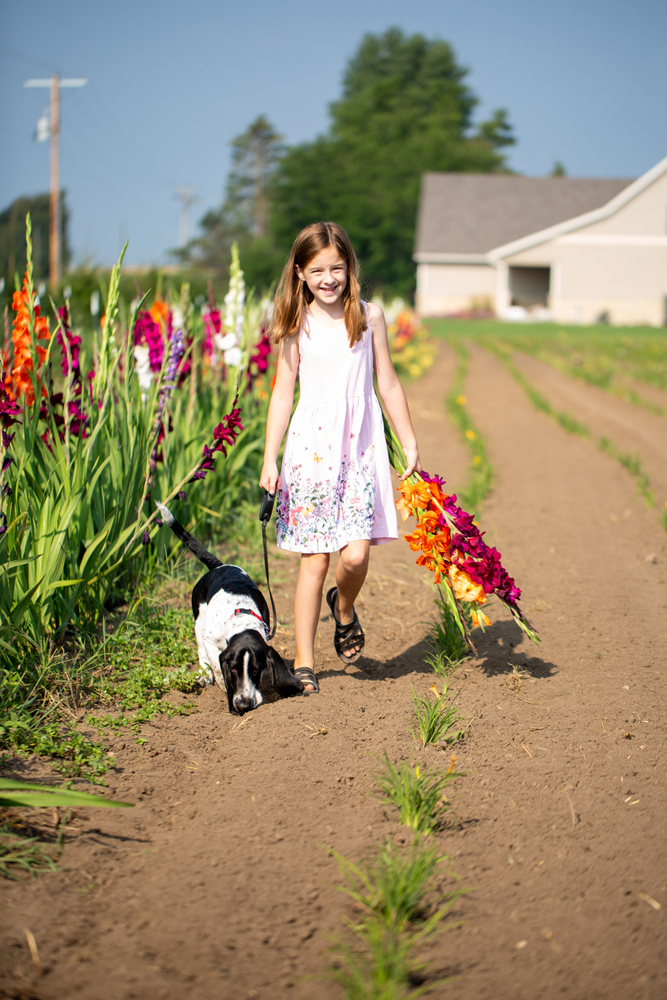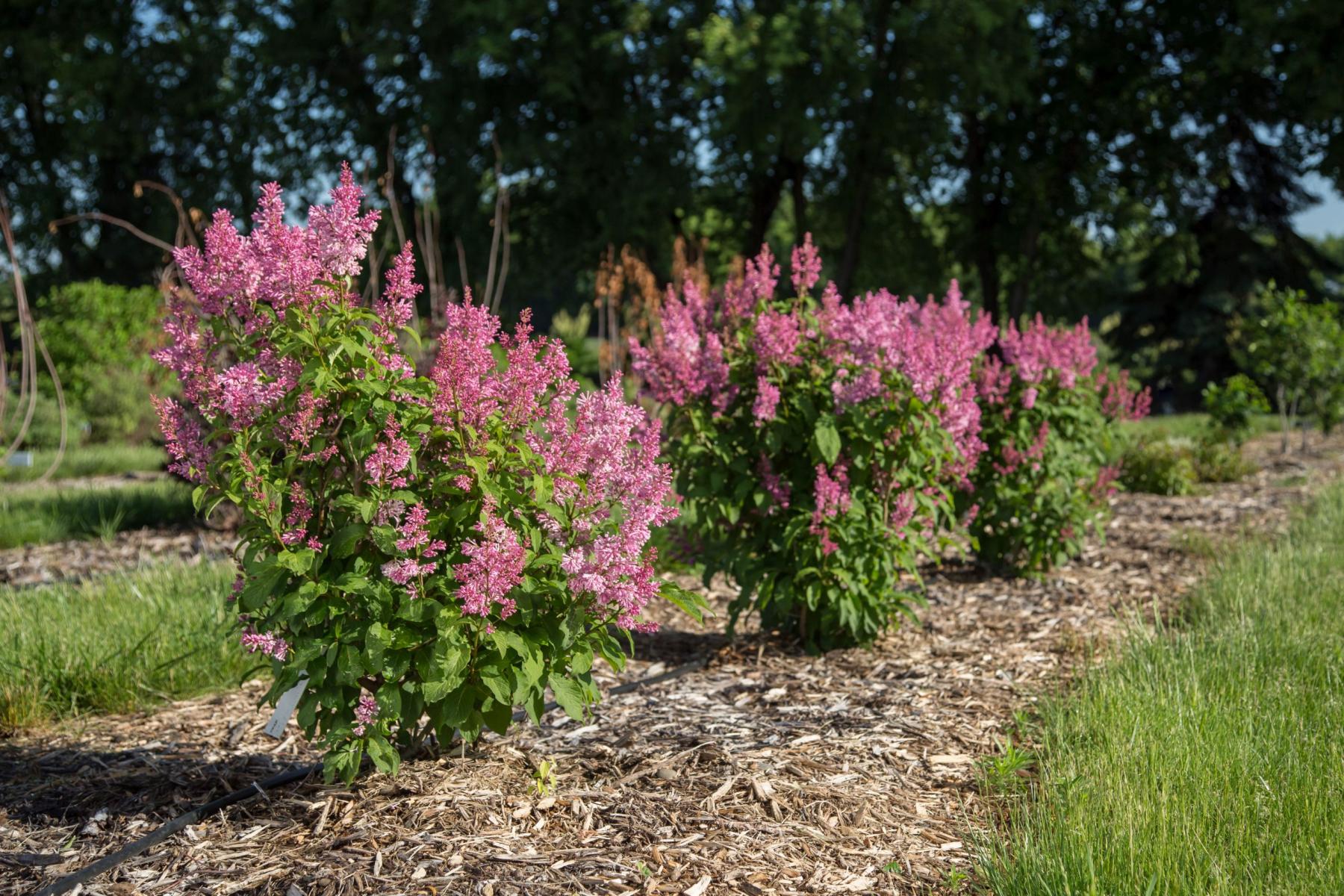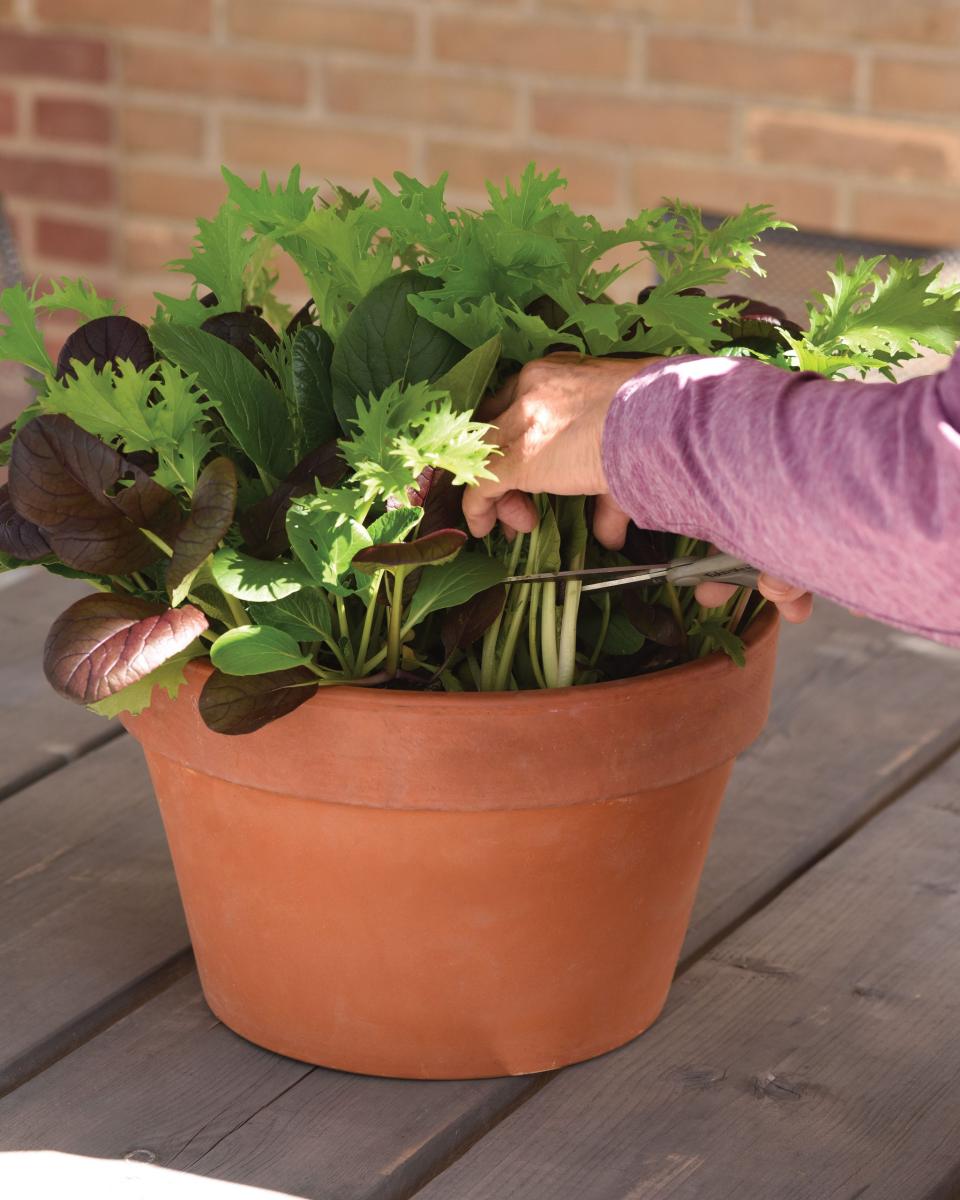
This week let’s look at the National Garden Bureau’s three additional featured plants for the year - Gladiola, lilac and salad greens.
 Year of Gladiola - Bulb
Year of Gladiola - Bulb
OK, for all those experienced gardeners out there, no - gladiola isn’t a true bulb. It’s a corm, but it is included in this category as a bulb-like plant. Gladiolus seem as American as apple pie, but they actually are native to Africa and arid countries around the Mediterranean. However, today’s glads are far showier than the wild types
Glads are not winter hardy in Nebraska, so must be dug up in fall and replanted each spring. But the corms are easy to overwinter from year to year. In fall, dig up the corms and cut off all but an inch or so of the stem and leaves. Let the corms dry for 1-2 weeks in a warm place with good air circulation. Then store cool and dry at about 50°F.
A full sun location with well-drained soil is a great location to grow glads. To extend the bloom time, don’t plant all the corms at once. Plant the first batch in spring after all danger of frost has passed. Plant additional corms every week or two until early summer (about 90 days before the first fall frost).
Most glads in garden catalogues are grandiflora hybrids, which have the classic orchid-like flower shape in a wide range of colors and bicolors. Flowers are 5 to 6” across and plants reach 3 to 4-feet tall. Dwarf grandiflora hybrids reach 2 to 3-feet tall with 2-3” flowers.
For more pictures, tips on growing glads and cultivar suggestions, visit Ngb.org/year-of-the-gladiolus.
 Year of Lilac – Shrub
Year of Lilac – Shrub
Lilacs are among the most carefree spring-flowering, multi-stemmed, deciduous shrubs (or small trees), well-loved for their toughness, reliability, and fragrance. Lilacs are so familiar to gardeners, that you might think they are native to North America. But they, like Gladiolus, are not native. The common lilac, Syringa vulgaris, originates from southeastern Europe and other species from western Asia.
Here’s a fun fact about lilacs you may not know. The species name, Syringa, is derived from the ancient Greek word syrinx, meaning pipe or tube. The genus was given this name because the stems of common lilac have a spongy pith that can be removed, leaving hollow tubes that were used to make pan-pipes.
There are about 30 different species of lilac available to gardeners, including shrub forms ranging in height from 3 to 16 feet, and Japanese tree lilac which can reach 30 feet. For a nice overview of the many lilac species available, visit Ngb.org/year-of-the-lilac.
Lilacs thrive in our midwestern climate even tolerating our cold winter temperatures, but be sure to provide enough water during drought periods to keep plants healthy and vigorous. Choose a location with full sun and well-drained soil for best growth, making sure you provide enough room for the mature plant.
 Year of Salad Greens – Vegetable
Year of Salad Greens – Vegetable
Curiously, salad got its start not as a dietary staple, but as an aphrodisiac! We know this because leafy predecessors to modern romaine are depicted in ancient paintings as sustaining Min, the Egyptian god of fertility. Fast-forward a few thousand years and the fertility connection was still strong in paintings by Leonardo da Vinci, including the Leda, which depicts a child holding a bouquet of lamb’s lettuce (today’s mâché) next to the goddess of fertility.
By this point in the 1500s, raw, leafy vegetables covered in oily, salted dressing were well established in the Roman diet as “herba salta”, literally, “salted herbs,” and eventually resulting in the term “salad”.
Salad greens prefer a full sun location with even soil moisture. But, compared to other vegetable crops, they will tolerate lower light intensity and cooler temperatures enabling them to grow well in the shade of taller plants in the summer vegetable garden or winter indoor container production. Greens can even be grown throughout winter in outdoor cold frames or greenhouses.
The short time needed from seed to harvest is another bonus, enabling gardeners to have multiple seedings in various stages of growth and allow continuous harvest.
For more tips on growing a variety of salad greens, from spinach to kale to butterhead lettuce, visit Ngb.org/year-of-the-salad-greens.
Images from the National Garden Bureau. Feature image - 'Black Star' gladiola from Harris Seeds.
- Deluxe gladiola mix from Jung Seeds.
- 'Pinktini' lilac from Bailey Nursery.
- Salad greens mix from PanAmerican Seeds.